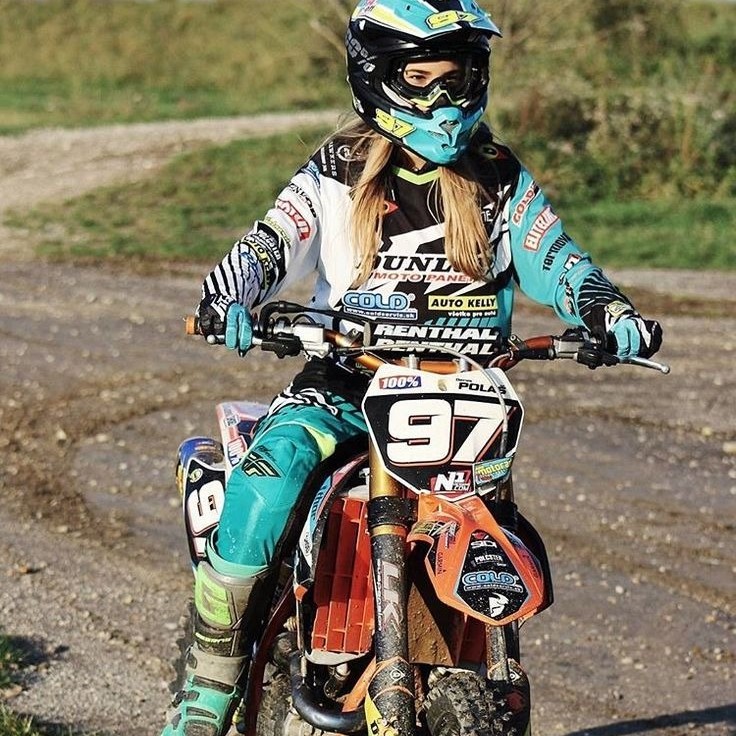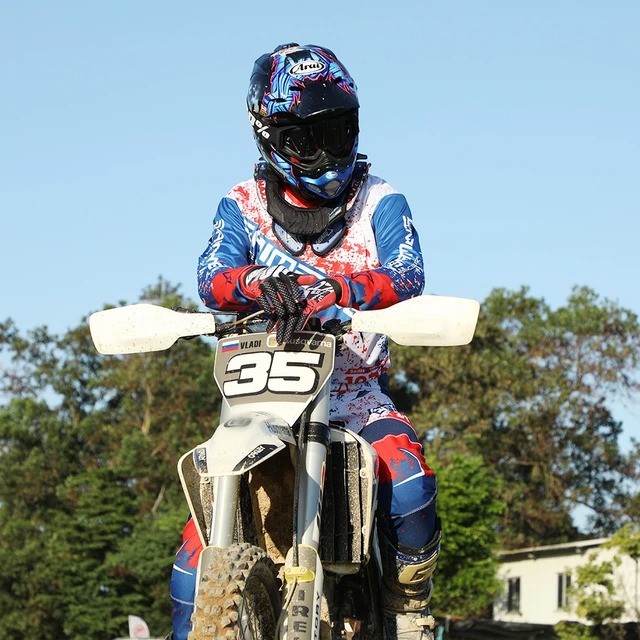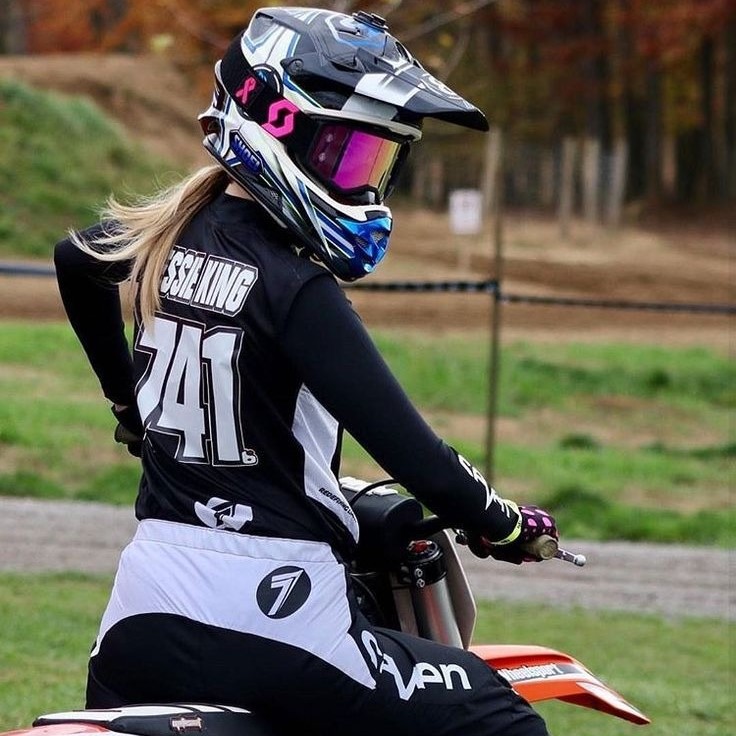Feb 10, 2025
What to Wear Under Motorcycle Helmet: A Complete Guide
When gearing up for a ride, the choice of what to wear under your motorcycle helmet significantly impacts comfort, safety, and overall enjoyment. Although the helmet itself is essential for protection, the right attire underneath can enhance fit and functionality. This article will explore the various options and considerations for what to wear under motorcycle helmet, ensuring you have an enjoyable and safe riding experience.
Importance of Wearing Proper Gear Under a Helmet
When riding a motorcycle, safety comes first. The right gear under your helmet adds protection. It cushions your head, enhancing helmet fit. It can also absorb sweat, keeping you cool and dry. Importantly, it reduces helmet friction on your skin. This can prevent discomfort during long rides.
Wearing the correct headgear can make a big difference. It greatly reduces the risk of injury in a fall. It works together with the helmet to shield your head. When the helmet is your main line of defense, the gear underneath is the added guard. Think of it like a valuable second layer.
Choosing what to wear under motorcycle helmet is critical. It should involve careful consideration. You want to opt for materials that are both comfortable and safe. Items that are too loose may not provide enough protection. On the other hand, ones that are too tight can cause headaches. They can also interfere with the helmet’s effectiveness.
By selecting the appropriate gear, you ensure comfort on every ride. You’ll hardly feel it’s there, but you’ll appreciate its benefits. Remember, the right under-helmet gear does more than just comfort. It contributes to your overall well-being on the road.
Materials to Consider for Comfort and Safety
When choosing what to wear under a motorcycle helmet, materials matter. Comfort and safety are both vital. Here’s what to look for:
- Breathable Fabrics: Choose materials like cotton, bamboo, or moisture-wicking synthetics. These allow air flow and reduce sweat build-up.
- Stretchable: Materials with a bit of stretch, like Lycra or spandex, ensure a snug fit. They won’t bunch up under your helmet.
- Seamless Design: Look for gear without rough seams. Seams can irritate the skin during a long ride.
- Thermal Regulation: For cold weather, pick materials that retain heat. In warm weather, choose fabrics that dissipate heat.
- Hypoallergenic: If you have sensitive skin, hypoallergenic materials can prevent allergic reactions.
- Durability: Gear that keeps its shape and doesn’t wear out quickly saves money and ensures ongoing protection.
The fabric you pick plays a big role in overall helmet safety. It shields your head from chafing and can absorb impact. Right materials lead to a comfortable, distraction-free ride. Safety goes hand in hand with comfort when you’re on the road.
Types of Headwear Suitable for Riders

Riders have many options for headwear to wear under motorcycle helmets. Let’s explore some of the best picks:
- Balaclavas: These cover most of your face and neck. They fit snugly, ideal for cold weather riding.
- Skull Caps: A skull cap fits tightly on your head. It prevents sweat from reaching your eyes. It also stops your helmet from rubbing against your scalp.
- Headbands: If you prefer minimal coverage, a headband could work. It keeps hair and sweat out of your face but leaves your head mostly uncovered.
- Bandanas: These add a bit of style. They can soak up sweat and keep hair in check under the helmet.
- Helmet Liners: Liners act as a barrier, enhancing helmet fit and comfort. They often have moisture-wicking properties.
When deciding what to wear under a motorcycle helmet, think about the ride’s length, the weather, and personal comfort. Each type of headwear serves its purpose and can vastly enhance your riding experience by increasing comfort and safety.
Balaclavas and Helmets: A Match Made in Heaven
When it comes to what to wear under motorcycle helmet in chilly weather, balaclavas are top choice. These head coverings offer extensive coverage, which is essential for keeping warm. Balaclavas fit snugly under helmets, creating a comfortable and protective layer. They cover your face, neck, and even part of your chest. This coverage is a key factor in staying warm.
Balaclavas are great for riders because they reduce skin exposure. They protect against windburn and the stinging cold. These full-face covers often come in materials like fleece or thermal fabric. Both are excellent for insulation. Most balaclavas also have moisture-wicking properties. They help keep your skin dry by drawing sweat away.
Another bonus is that balaclavas minimize the need for multiple pieces of headgear. They act as a scarf, hat, and face cover all in one. This simplicity makes them an easy choice for riders. With less gear to adjust, you can focus more on the ride.
Lastly, balaclavas make helmet fitting easier. They provide a smooth surface for your helmet to rest on. This can enhance safety as it allows the helmet to sit firmly without slippage. So, don a balaclava and enjoy the enhanced comfort and protection it brings to your ride.
The Role of Skull Caps in Helmet Safety

Skull caps serve as a critical component in a rider’s safety attire. These caps snugly fit the contour of your head, creating a smooth interface between your scalp and the helmet. The tight fit helps prevent the helmet from shifting during rides. They also deliver a stable platform for your helmet, essential for effective impact protection. Skull caps help distribute the helmet’s weight evenly, reducing pressure points.
When considering what to wear under a motorcycle helmet, skull caps come out as a smart choice. They reduce the accumulation of sweat, which can become a distraction and even obscure vision if left unchecked. This sweat control function works to maintain a clear line of sight, which is vital for safety. Moreover, they keep the inner lining of the helmet cleaner, leading to better hygiene and longer helmet lifespan.
Furthermore, for riders with hair, skull caps can manage hair and keep it from interfering with the helmet’s fit. This is especially helpful for long-haired riders who might otherwise struggle with hair tangling or discomfort. By keeping the hair compressed and in place, skull caps ensure that the helmet’s position remains secure.
In summary, incorporating skull caps into your riding gear enhances safety by stabilizing the helmet, controlling sweat, improving hygiene, and managing hair. Each aspect plays a part in ensuring the rider’s focus remains on the road, thus contributing to a safer riding experience.
Best Practices for Hygiene and Maintenance
When thinking about what to wear under a motorcycle helmet, hygiene is key. Maintenance of your headgear ensures longevity and comfort. Here are some top tips for keeping your gear in top shape:
- Wash Regularly: Clean your helmet liners, balaclavas, or skull caps after use. This prevents bacteria buildup.
- Follow Manufacturer Instructions: Check the label for washing and drying guidelines. Stick to them to avoid damage.
- Use Gentle Detergents: Opt for mild soaps that won’t irritate the skin or harm the fabric.
- Air Dry: Lay out gear to dry naturally. Avoid high heat from dryers that can shrink or warp materials.
- Store Properly: Keep your headwear in a cool, dry place away from direct sunlight when not in use.
- Regular Inspection: Look over your gear for signs of wear and tear. Replace items if they show significant damage.
Maintaining the gear you wear under your motorcycle helmet is straightforward. By following these simple steps, you’ll ensure your headwear stays clean, comfortable, and safe for every ride.
Seasonal Considerations for Rider Headgear

Choosing what to wear under a motorcycle helmet also depends on the season. Weather changes demand different types of headgear to ensure both comfort and safety.
- Summer Riding: For hot weather, look for lightweight and breathable fabrics. These help vent heat and manage sweat. A thin skull cap or headband that wicks away moisture is ideal.
- Winter Riding: In cold conditions, consider thicker materials like fleece that keep warmth in. A balaclava can protect against cold winds and maintain body heat.
- Spring and Fall: During these seasons, layering might be the key. Start with a base layer that can manage mild sweat, and keep an additional warmer piece handy in case the temperature drops.
It’s important to have options for different weather conditions. This way, you can switch out gear as needed and ride comfortably any time of year. Remember to balance safety with comfort. Make sure the headgear fits well under your helmet without compromising its protective function.
Tips for Selecting the Perfect Helmet Liner
Selecting the perfect helmet liner involves considering several factors. Helmet liners play a pivotal role in enhancing comfort and ensuring the helmet fits correctly. Here are practical tips to help you choose the best liner for your needs:
- Check for Compatibility: Ensure the liner fits your specific helmet model. Different helmets may require different liners.
- Material Matters: Opt for moisture-wicking fabrics to keep sweat at bay. Choose breathable and lightweight materials for added comfort.
- Fit and Comfort: Find a liner that provides a snug fit without being too tight. It should conform to your head’s shape, ensuring no bulkiness under the helmet.
- Easy to Clean: Pick a liner that is machine washable and dries quickly. This helps maintain hygiene and allows for regular cleaning.
- Durability: Invest in a liner that will not stretch out or wear thin quickly. A durable liner means better long-term protection and value.
Remember, the right helmet liner can make a significant difference in your riding experience. It can improve safety by ensuring your helmet stays securely in place. It can also boost comfort by preventing sweat from dripping and minimizing friction against your skin. By following these tips, you’ll be well-equipped to find a helmet liner that suits your under-helmet needs perfectly.
More Details